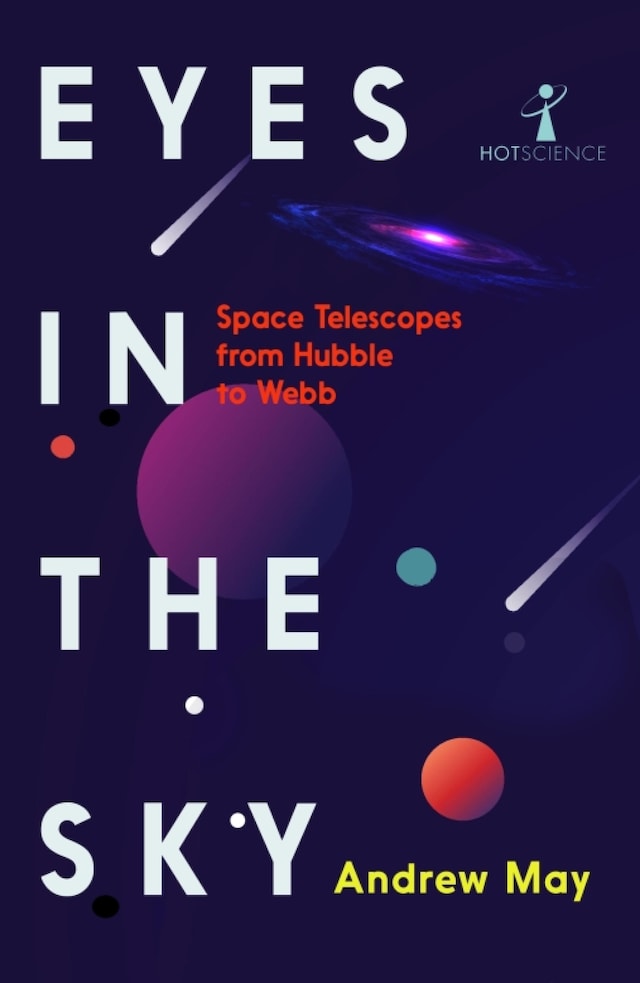
Eyes in the Sky
Space Telescopes from Hubble to Webb

